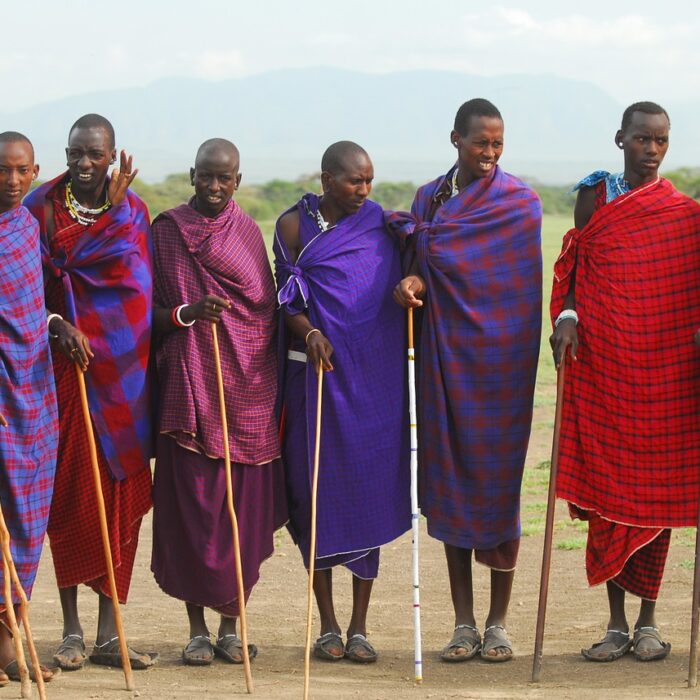Aside from packing your photography gear, here are some things you need to ensure you’re well-prepared to seize the unique moments the African wilderness offers.
HIRE THE RIGHT SAFARI GUIDE
A knowledgeable guide deepens your understanding of the local ecosystem, enriching your safari experience. Their insights into animal behavior, habitats, and conservation efforts provide valuable context for your photography.
Guides with exceptional tracking skills increase your chances of encountering elusive species.
Their ability to read signs and sounds contributes to successful wildlife sightings. Guides with a deep understanding of local cultures provide a holistic experience, enriching your journey beyond photography.
GET THE RIGHT GEAR
This includes:
Camera:
-
Consider a high-quality DSLR or mirrorless camera with a full-frame sensor for optimal image quality.
-
Ensure your camera has a fast autofocus system to capture spontaneous wildlife moments.
Lenses:
-
Pack a versatile zoom lens (e.g., 100-400mm) for capturing wildlife at a distance.
-
Include a wide-angle lens (e.g., 24-70mm) for landscape shots and to capture the grandeur and vastness of the Tanzanian wilderness.
-
A prime lens with a wide aperture can provide stunning details for close-up shots.
Tripod:
-
Invest in a sturdy, lightweight tripod to stabilize your camera for long-exposure shots and landscape photography.
-
Consider a tripod with adjustable legs for varying terrains in the Tanzanian wilderness.
(We will provide bean bags in your safari vehicle.)
Monopod:
Gimbal Stabilizer:
Binoculars for Scouting Wildlife:
-
Opt for binoculars with moderate magnification (8x or 10x) and a wide field of view for easy wildlife tracking.
-
Choose waterproof and fog-proof binoculars to withstand various weather conditions in Tanzania.
Protective Gear for Your Equipment:
PATIENCE AND PERSISTENCE IN WILDLIFE PHOTOGRAPHY
-
Waiting Game:
-
Wildlife photography often demands patience. Allow events to unfold naturally, capturing genuine moments rather than forced shots.
-
Be prepared to spend extended periods observing and waiting for the perfect shot, whether it’s a hunting sequence or a group interaction.
-
-
Adaptability:
-
Stay adaptable in ever-changing wildlife environments. Be ready to adjust your approach based on animal movements, weather conditions, and unexpected opportunities.
-
Persistence in challenging situations often leads to the most rewarding and unique wildlife photographs.
-




